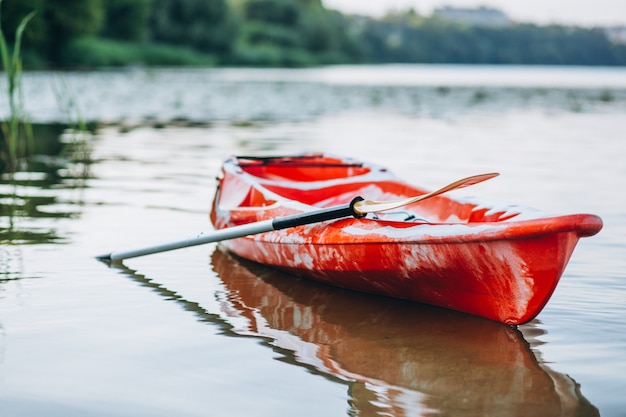
Kayaking and canoeing are low-impact exercises that can benefit the body in several ways. In addition to improving cardiovascular fitness, these exercises strengthen various muscle groups throughout the back, chest, shoulders, and arms. Individuals who kayak or canoe regularly will also notice improved strength throughout the legs and torso. Considering the low impact nature of the sports, these benefits are accentuated by minimal stress on joints and tissues.
Many people enjoy the calm, tranquil environment provided by rivers and streams. Furthermore, these exercises necessitate exposure to nature and sunlight. Sunlight has been attributed to numerous psychological benefits, including elevated serotonin levels, which boost a person’s overall mood, and melatonin, which helps maintain a healthy sleep cycle.
Before beginners can start enjoying these and other benefits, they must familiarize themselves with the different categories of river difficulty to avoid taking on a waterway beyond their skill level. Developed by American Whitewater, the International Scale of River Difficulty upholds the national standard for difficult ratings. The scale is similar to the system used to grade ski runs. A river’s difficulty rating is based on other rivers in the region, not necessarily a nationwide constant. With this in mind, kayak and canoe enthusiasts should be very cautious when exploring a new river, regardless of the rating.
Similarly, ratings can be outdated due to yearly fluctuations in water levels or can change due to sudden weather events. Furthermore, some rivers have multiple or partial ratings. For example, a river may be rated a Class II with occasional Class IV rapids or may be rated as a Class IV river. In either case, individuals should have the skill to take on a river’s most challenging sections.
A final consideration that must be made when evaluating a river’s difficulty rating involves duration and stamina. For instance, a person may be comfortable with Class IV rivers and rapids while at peak physical condition. However, after several hours of Class III paddling, fatigue can set in, making it more difficult to take on rapids at this level. If for any reason, an individual believes they are not prepared for a specific river, regardless of rating, they should avoid it.
The scale begins at Class I and continues through Class VI. Class I rapids and rivers are fast-moving waterways with minor waves. These rivers feature little to no obstructions, and any challenges individuals face can be scouted from a distance and are easily navigable. Individuals who fall into the water will usually have no issues rescuing themselves.
Class V rivers, by comparison, should only be attempted by highly skilled kayakers and canoers. They consist of powerful rapids and demand precise handling. Swimmers are at considerable risk for injury, and self-rescue can be difficult. Class VI rapids, meanwhile, are generally considered too dangerous for paddling sports. Only world-class athletes should attempt these rapids, and even then, attempts should be made after extensive scouting and under optimal conditions.
It bears repeating that the International Scale of River Difficulty does not represent a perfect science and should be viewed as one of many safety resources utilized when taking on rapids. At its most basic, the scale serves to gauge the danger posed to individual swimmers and the likelihood of a successful rescue should someone fall out of the kayak or canoe.
from WordPress https://ift.tt/3rSAOyq
via IFTTT

No comments:
Post a Comment
Note: Only a member of this blog may post a comment.